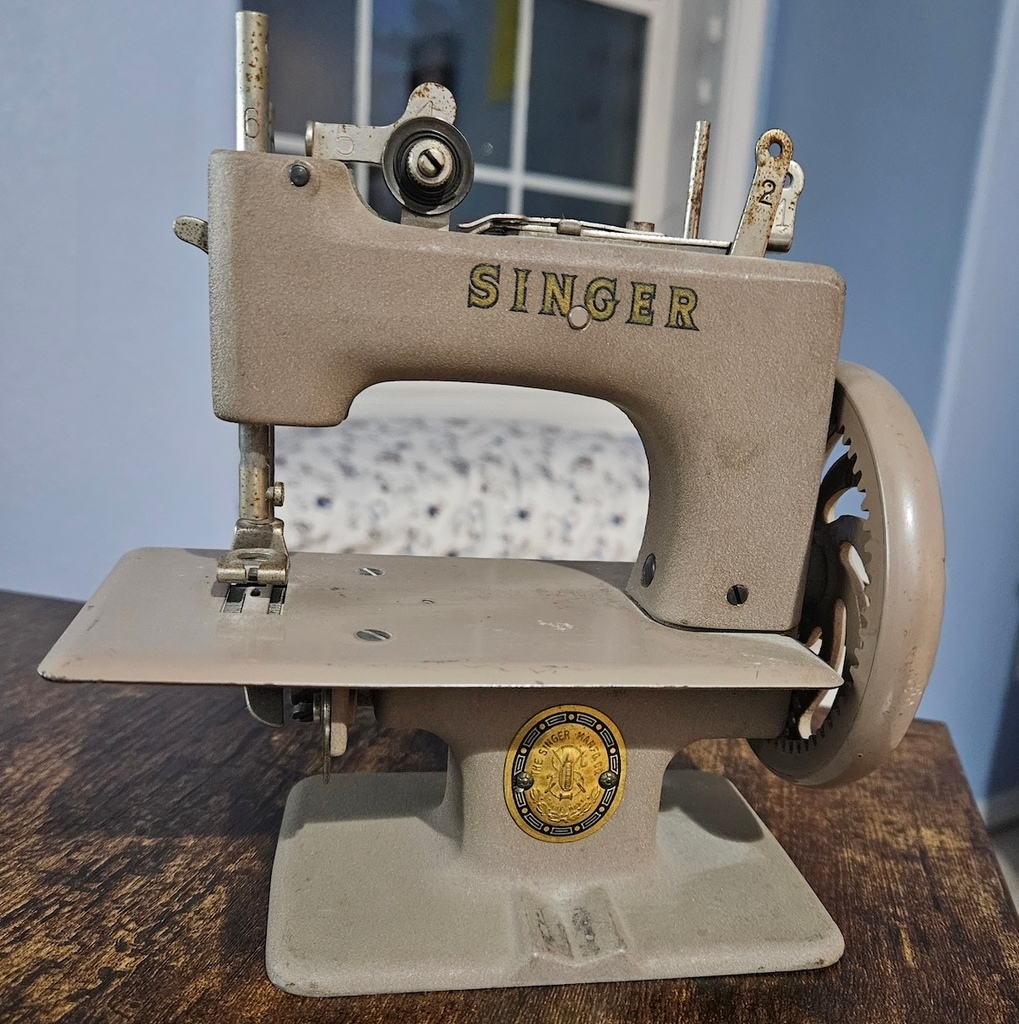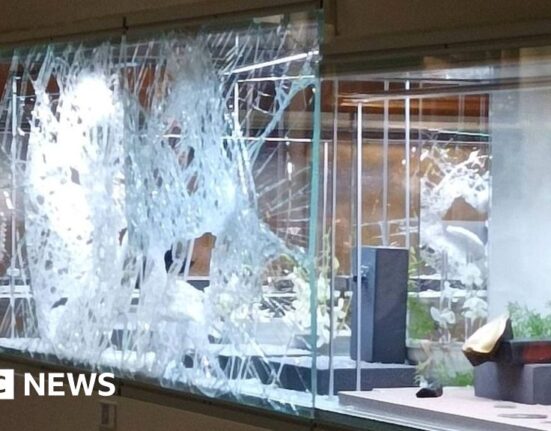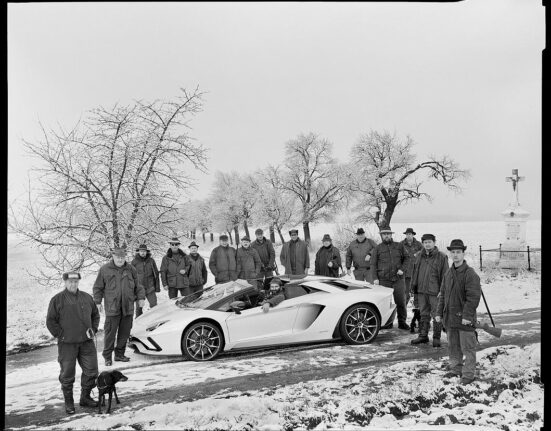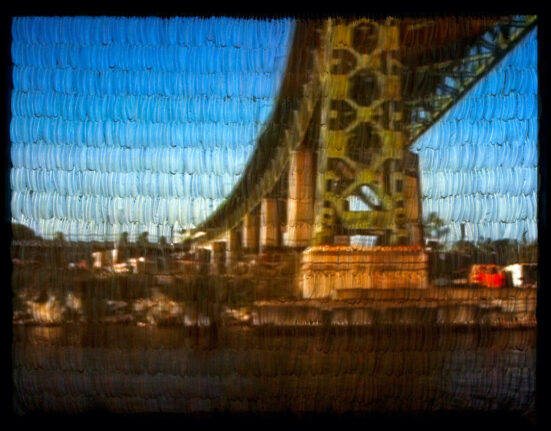This month’s column brings an original kerosene lantern from an American LaFrance Fire Engine found at an estate sale and a favorite basket from a reader’s art glass collection. Well-cared-for family keepsakes including a framed print, a child’s sewing machine, and a cookie jar handed down are also shared for investigation.
Singer sewing machine
Q: This miniature Singer sewing machine was my grandmother’s. I am told it is in working order, however, I have never used it. Can you tell me anything about this? It is 7 inches tall. T.D., Orient, Oregon.
A: You have a Singer Model 20 “Sewhandy” sewing machine, which while made as a children’s toy is a fully functioning sewing machine. Singer introduced the Model 20 in 1910 and continued production until the 1970s. While the external design changed a bit over time, the basic design and mechanics of the machine remained basically the same. It was the most popular toy sewing machine ever manufactured. Your machine likely dates to 1950-1955.
“Sewhandy” machines of similar vintage and condition are seen to sell in the $50-$100 range in online auctions recently. However, if they are accompanied by their original case and accessories, they often sell for $200 or even more. Dealers in vintage collectibles often ask $125-$175 for such a machine in working, excellent condition.
Fenton basket
Q: We collect Fenton glass, and our favorite piece is a Fenton glass basket that is signed by Bill Fenton and the artist who painted it. It is 7 inches tall and 8 inches across and in perfect condition with the paper label underneath. Can you tell us anything about this, and what it might be worth? C.V., Prineville.
A: Your Fenton basket is a pressed glass hobnail basket with a ruffled rim, twisted hoop handle and an iridescent finish to the glass. The rose decorations were handpainted by K. Lauderman. It likely dates to circa 1990. The Fenton Art Glass Company was founded in 1905 in Martins Ferry, Ohio, and moved to Williamstown, West Virginia, in 1907. Late that year, they introduced “iridescent” glass, which is now known as “carnival glass.” Fenton is the largest manufacturer of handmade colored glass in America and is still owned by the Fenton family today. At auction, you might expect an estimate of $50-$70 for a basket of this type. Dealers specializing in contemporary American glass ask $150-$200 for similar baskets in undamaged condition.
Dietz kerosene lantern
Q: I purchased this lantern at an estate sale in Oregon City several years ago. It has two chimneys with it, one teal colored and one with a lens. The top band reads “American LaFrance Fire Engine Co. Inc. Elmira NY.” Including the handle, it is 18 ½ inches tall. I would love to know anything you can tell me about this lantern or its worth. C.T., Gresham.
A: Your kerosene lantern is a “Fire King” model and was made by the R.E. Dietz Company of New York City. Your lantern was made specifically for use with American LaFrance Fire Engines. This lantern was patented in 1907 and was manufactured until about 1940. The clear chimney with a lens would direct the light like a flashlight. The teal shade is uncommon and interesting to collectors. The R.E. Dietz Company was founded in 1840 in New York City and was one of the major lighting companies in the nation, including railroad, marine, and automobile lighting. The business relocated to Hong Kong in 1956, then to China in 1988.
While these lanterns aren’t rare, they are popular with collectors. At auction, you might see an estimate of $200-$300 for this type of lantern in good condition. Dealers in antique lanterns or firefighting memorabilia might ask $600-$700 for this model lantern in excellent original condition, or perhaps even a bit more with the teal shade.
Paul Emile Lecomte framed print
Q: I inherited this picture from my aunt. I believe it is a watercolor. It is signed below and entitled “Vieux Logis en Bourgogne, France.” The picture measures 19 inches by 23 inches. The frame is 28 inches by 32 inches. What’s it worth? C.M., Portland.
A: Based on your photographs, while your piece looks like a watercolor, it is actually a hand-colored etching or aquatint print that was commissioned by the Paris Etching Society. The art dealer Sydney Lucas owned The Old Print Center and the Camila Lucas Gallery, both in New York City. In the 1920s, he formed the Paris Etching Society and commissioned works by European artists for sale in America. These are usually etchings or aquatints, and usually in editions of perhaps 300 to 500. Your print appears to be signed and titled by the artist, Paul Emile Lecomte, below. The “SZL” in a circle at the lower left is the mark of the Paris Etching Society. Paul Emile Lecomte (1877-1950) was born in Paris, studied at the Beaux-Arts, and was an official painter for the French Ministry of Marine Department.
Other prints from this edition have previously sold at auction, most often in the $70-$100 price range. However, one was reported sold for $425 in 2018. Dealers specializing in 20th-century fine art prints might ask $600-$900 for such a print if in excellent condition, or perhaps even a bit more depending on the framing.
Red Wing cookie jar
Q: My parents received this cookie jar as a wedding gift in 1943. I would love to know any information that you can share about this. It is 12 inches tall and is in perfect condition. L.H., Pleasant Home, Oregon.
A: Your “Pierre the Chef” cookie jar was made by the Red Wing Pottery Company. This pattern was introduced in 1941 and was made until about 1956. Based on your pictures, the mark underneath does date your jar to the mid-1940s. Originally these were made in tan, yellow, or blue glaze finish. Later, other colors including green were added to the line. In perhaps only the last year of production, a jar in a speckled (flecked) pink glaze with blue details was made. Red Wing Pottery was started in 1861 in Red Wing, Minnesota, by John Paul, an immigrant from Germany. The business changed owners and names a number of times, eventually becoming Red Wing Pottery in 1936.
Similar blue “Pierre the Chef” cookie jars in nice condition have regularly sold in the $50-$80 range in online auctions. Dealers in vintage American collectibles ask $150-$200 for blue examples of this jar in excellent, undamaged, condition. The “pink flecked” jars are quite rare, and in undamaged condition have sold for over $2,000 at auction recently.
About Today’s Collectibles
The values discussed for items featured in this column were researched by Portland appraiser Jerry L. Dobesh, ASA, an Accredited Senior Appraiser with the American Society of Appraisers, with a specialty designation in Antiques & Decorative Arts. His services include providing appraisals for estate tax, charitable contribution, insurance scheduling and loss, and equitable distribution needs.
To find an appraiser, contact the American Society of Appraisers, the International Society of Appraisers, or the Appraisers Association of America. Estimates suggested in this Collectibles column are for general information purposes only and cannot be used as a basis for sale, insurance, or IRS purposes.
To have items considered for inclusion in future columns, please send us your high-quality images, preferably at least 300 dpi, 1Mb in size and in jpeg format. Photos must show each object in its entirety and must be clearly focused and well lighted to show detail. If there are any maker’s marks, please include an image of those. Include measurements and information about the condition of the piece.
Send to:
or to:
Today’s Collectibles/Homes & Gardens
The Oregonian 1500 SW First Ave., Suite 400
Portland, OR 97201
Please include your name and town, along with contact information; phone number or email address. Contact information will not be published. The Oregonian will retain usage rights of the photographs for its print, marketing and online media.







